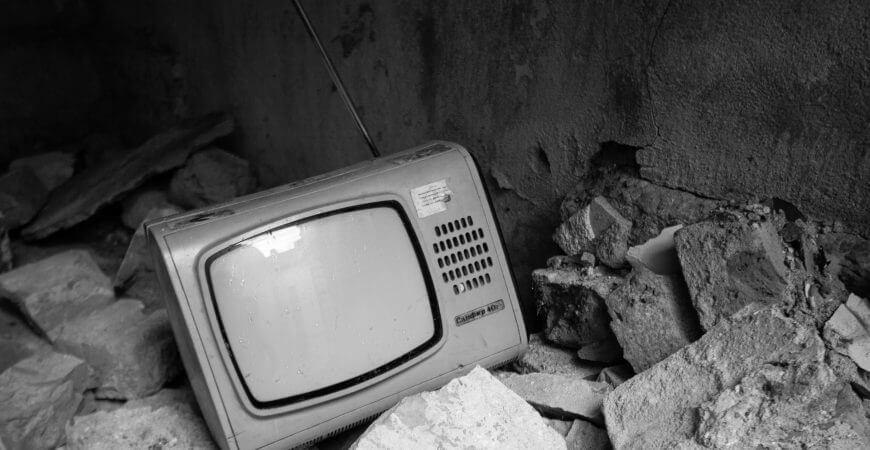

How to segregate metals and electric waste
Managing metal and e-waste
Metal and electronic waste can be very hard to dispose of in a safe way, so separating them correctly can be the cause of a major headache to those of us more concerned with the environment.
While problematic, e-waste can be utilised by recovering the metal components within it. While the process is difficult, the results are so beneficial that it’s definitely an important step to take. With e-waste recycling, you can be sure that you’ll be converting used up electronic devices to usable metals, giving them new life. This is definitely the best option you can take, as the alternative involves dumping waste from the US, Australia, etc., to developing nations like India or China, where it only gets dropped on landfills and contributes to the growing air pollution in those countries.
Converting e-waste involves a process known as shredding. It refers to mechanical recycling of E-waste, during the process of which electronic material is shredded with the help of specialised equipment. After all of the material has been shredded, magnets are utilised to separate the remaining metal parts from the electronic components. This method works perfectly for metals like copper and iron, acting as a very efficient means of separating them. The metal itself can be sold to smelters, while another byproduct of this process, fine dust, is quite valuable on its own, being an ingredient in cement.
Another means of e-waste management is municipal incineration. It involves putting the entirety of the electronic equipment in a furnace. Through the use of heat, metals can be separated individually based on different densities. The necessary elements are then filtered out. Metals, halogens, dioxins, SVOCs and VOCs are usually filtered separately. There is, however, some risk involved, as certain gases like hydrogen bromide that are toxic can be emitted during the process.
The process of pyrometallurgical recovery involves the addition of copper ore concentrate with shredded electronic waste, the mixture of which is later refined with heat. This process is used to successfully separate metals from electronic waste. This can be used to convert lead, zinc, and iron to oxides, which are then separated with silicon dioxide-based slag. These metals are later refined, resulting in an alloy containing 99.1 percent copper and a reminder of metals such as selenium, palladium, or even platinum, gold, and silver.
